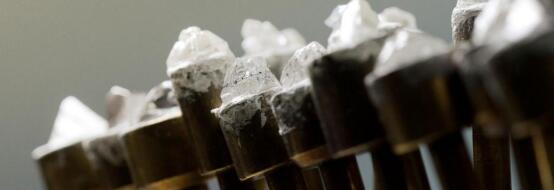Silkway Diamond HPHT Lab Grown Rough Diamonds
Product Introduction
As an upstream product of lab grown diamonds, the lab grown rough diamonds are also called gem-grade diamonds. The main production methods of lab grown diamonds are high temperature and high pressure (HPHT) and vapor chemical deposition (CVD). In nature, high generally 1400-1700℃) can directly convert graphite into diamond, but due to the very high temperature and pressure required during the growth process, the technology is very difficult. Therefore, in the current industrial growth process, by using the HPHT method, metal catalysts (such as Fe, Ni, Mn, Co, etc. and their alloys) are added as catalysts (or fluxes), which can reduce speed (usually the pressure is 5-6GPa and the temperature is 1300-1600℃).

As a professional manufacturer of HPHT lab grown rough diamonds in China, Silkway Diamond has gradually introduced the lab grown product with less impurities and easy processing to the global market through years of product research&development, featuring excellent white (D~E), with makable crystal form. At the end of 2018, the factory began mass production of products above 2 carats, which completely detonated the domestic and foreign lab grown diamond market, and lab grown diamonds began to appear in the eyes of domestic consumers.
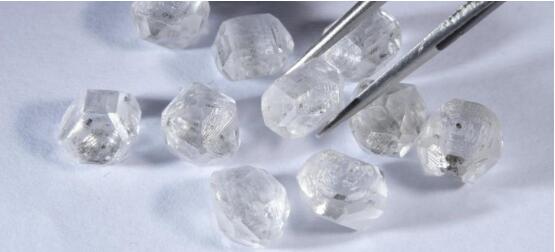
Application
Lab grown diamonds are also diamonds, just like ice in the refrigerator and ice in mountains and rivers, essentially the same substance.

Lab grown diamonds have carried people's yearning for beautiful emotions from the very beginning. It's not just love. At the memorable moments in our lives, lab grown diamonds are also shining with unique brilliance. Lab grown diamonds are widely used in the jewellery industry, and they are sweeping the dull jewellery market with their affordable prices, innovative unique designs, sustainable environmental protection concepts, fresh technology and cultural connotations.

Features
Lab grown rough diamond is specially developed for the characteristics of the jewelry industry. Benchmarking 4C standards of color, clarity, weight, and cut.
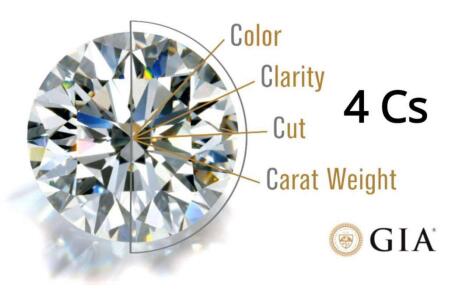
The color grades of diamonds range from D (colorless) to Z (light yellow or brown), and the company's product colors are all above F.

Diamond clarity is the least important of the 4Cs, because most of the inclusions are microscopically visible, and they will not affect the beauty of the diamond in an obvious way. Diamond clarity is divided into FL\IF\VVS1\VVS2\VS1\VS2\SI1\SI2\I1\I2\I3, and the clarity decreases sequentially.
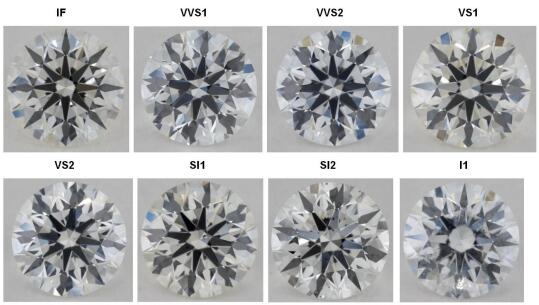
The company's rough product classification is based on this parameter as the assortment standard, divided into first-class A/first-class B/second-class A/second-class B.

The unit of measurement for diamond weight is "carat", 1 carat is equal to 0.2 grams. The weight of a diamond is the most easily measured feature in 4Cs. For diamonds of the same quality, the larger the weight, the more precious it is. At present, the company can supply rough products with a weight of 0.6-10ct, and products above 3ct are mainly produced.
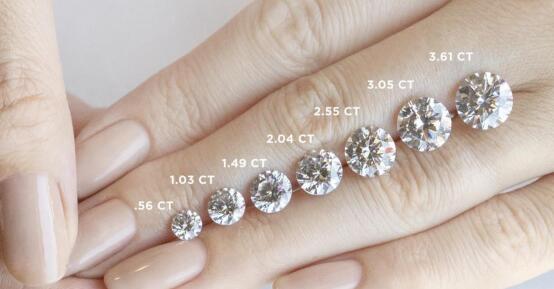
In the 4C standards of diamond value measurement, only the cut is directly affected by human factors, which has a very important influence on the quality of diamonds. A good diamond cut can show the fire of the diamond to the greatest extent, make the diamond look extremely shining, and have a great influence on the appearance of the diamond.

At the same time, a very important factor that restricts the cutting grade is the shape of the roughs. The roughs we supply have regular crystal shapes. For polishing and processing round brilliant-cut loose diamonds, the yield rate is generally above 38%. Compared with CVD lab grown diamond rough, it has obvious advantages in yield.
